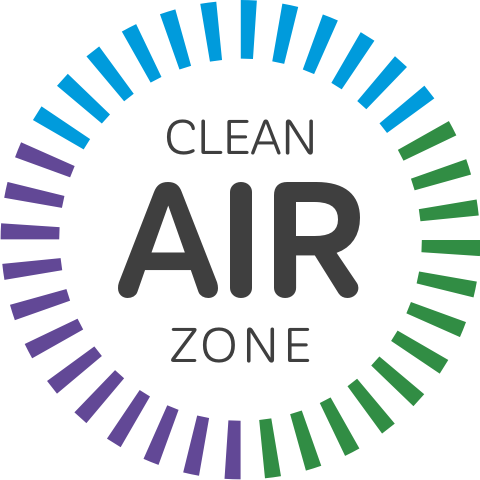Little is highlighted about the toxic effects of air pollution and the likelihood that cognitive symptoms can occur, including anxiety and changes in behavior. Increased levels of some air pollutants are accompanied by an increase in psychiatric admissions and emergency calls and, in some studies, a reduction in psychological well-being.
Numerous toxic pollutants interfere with the development and functioning of the nervous system. Manifestations are often insidious or delayed, but they can provide a more sensitive indicator of toxic effects than cancer rates or mortality data.
As we have previously notated, sick building syndrome is a real phenomenon with stagnant or unfiltered indoor air and multiple chemical sensitivity are conditions with toxicologic and psychiatric aspects. Psychosocial stress can cause symptoms like those of organic mental disorders. It is important to understand the factors associated to be able to alleviate and prevent the consequences of environmental trauma.

The World Health Organization (WHO) estimates that 9 of every 10 people worldwide inhale polluted air, and exposure to polluted air is accountable for 7 million deaths annually. Studies have associated the adverse effects of air pollution with the traditional respiratory and cardiovascular issues, but neurovascular diseases are also of prominent concern. Air pollutants can also cause serious neurocognitive effects—ranging from the aforementioned behavioral variations to neurodegenerative disorders—that ultimately can have devastating effects on mental health.
It has been documented that specifically particulate matter induces inflammation and oxidative stress in the brain that can lead to the manifestation of depression. The association between air pollution and depression clearly cannot be ignored – and seems to increase in droves in increasing populations. Public policies and individual actions are essential to reduce the effect of air pollution – for example: green spaces and urban forestation for eliminating air toxins, avoiding exercising near crowded roads and streets, and improving household ventilation by substituting low-emission cook stoves, and the CleanAirZone filtration system, the only biotechnology capable of capturing and digesting 99.99% of contamination in the air – including ultrafine particles that are the most harmful to people.

